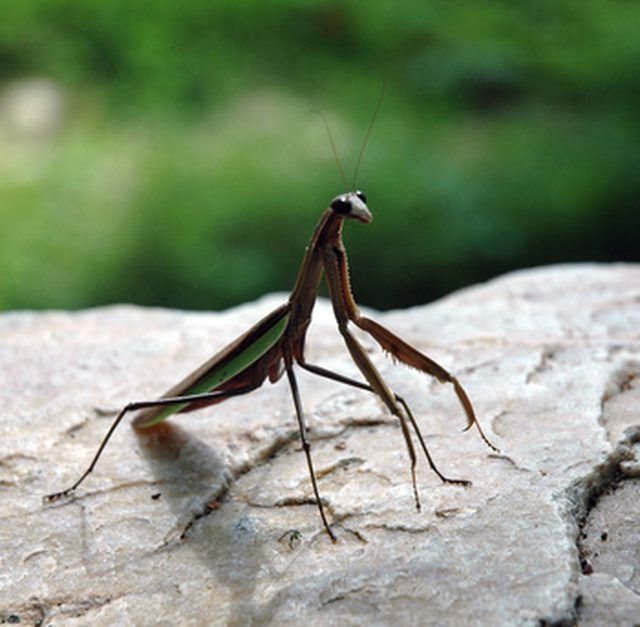Bulbs
Flower Basics
Flower Beds & Specialty Gardens
Flower Garden
Garden Furniture
Garden Gnomes
Garden Seeds
Garden Sheds
Garden Statues
Garden Tools & Supplies
Gardening Basics
Green & Organic
Groundcovers & Vines
Growing Annuals
Growing Basil
Growing Beans
Growing Berries
Growing Blueberries
Growing Cactus
Growing Corn
Growing Cotton
Growing Edibles
Growing Flowers
Growing Garlic
Growing Grapes
Growing Grass
Growing Herbs
Growing Jasmine
Growing Mint
Growing Mushrooms
Orchids
Growing Peanuts
Growing Perennials
Growing Plants
Growing Rosemary
Growing Roses
Growing Strawberries
Growing Sunflowers
Growing Thyme
Growing Tomatoes
Growing Tulips
Growing Vegetables
Herb Basics
Herb Garden
Indoor Growing
Landscaping Basics
Landscaping Patios
Landscaping Plants
Landscaping Shrubs
Landscaping Trees
Landscaping Walks & Pathways
Lawn Basics
Lawn Maintenance
Lawn Mowers
Lawn Ornaments
Lawn Planting
Lawn Tools
Outdoor Growing
Overall Landscape Planning
Pests, Weeds & Problems
Plant Basics
Rock Garden
Rose Garden
Shrubs
Soil
Specialty Gardens
Trees
Vegetable Garden
Yard Maintenance
How to Hatch the Praying Mantis Eggs
How to Hatch the Praying Mantis Eggs. Watching a hundred tiny praying mantis hatchlings scurry around tentatively offers an interesting view into the life of a predatory insect. It is simple and easy to hatch a batch of these garden favorites. Peruse the branches in your garden and grab a set of clippers. Once you have found your egg sack or two,...

Watching a hundred tiny praying mantis hatchlings scurry around tentatively offers an interesting view into the life of a predatory insect. It is simple and easy to hatch a batch of these garden favorites. Peruse the branches in your garden and grab a set of clippers. Once you have found your egg sack or two, be patient and start hatching.
Things You'll Need
10 gallon terrarium with lid
Praying mantis eggs
Sand or other substrate
Small insects (once hatching commences)
Add an inch of sand or other substrate to the bottom of the terrarium. Small-sized aquarium stones will also work as a substrate. Brightly colored sand or stones will provide a clear backdrop for the hatchlings to stand out against. Mantids will blend in with the typical sand color.
Insert sticks with praying mantis eggs into the sand. If cutting mantis eggs from your yard, leave enough stick below the egg sac to insert into the sand and pay attention to the direction. By sticking the egg sacs so they are upright, you have a better view of the hatching as it occurs.
Bring terrarium indoors. It takes six weeks of warm weather, at 70 to 90 degrees Fahrenheit with 40 percent or greater humidity, before the hatching will begin. If your house is kept cooler, a small hot rock for a reptile will help boost the interior temperature.
Add small insects such as fruit flies minus their wings or baby crickets. Keep the hatchlings well supplied with food while their siblings are continuing to hatch. If not provided with enough food, they will cannibalize.
Tips & Warnings
The newly hatched mantids do not have wings. Provide insects that cannot get away or remove the wings from those that can to make it easier for the mantids to feed.
The egg sac has the equivalent of one-way doors. Once the mantis starts to hatch, it can only go forward. By placing the egg sacs upright, you ensure that the "hatch doors" are not blocked.
Mantids molt as they grow.
The process of hatching and raising praying mantids provides an excellent experience for children.
Each egg sac can contain over 200 hundred praying mantids.
If harvesting egg sacs from your yard, do not try to store them for the winter indoors. Also, do not harvest all the egg sacs if you wish to keep a healthy population in your yard.